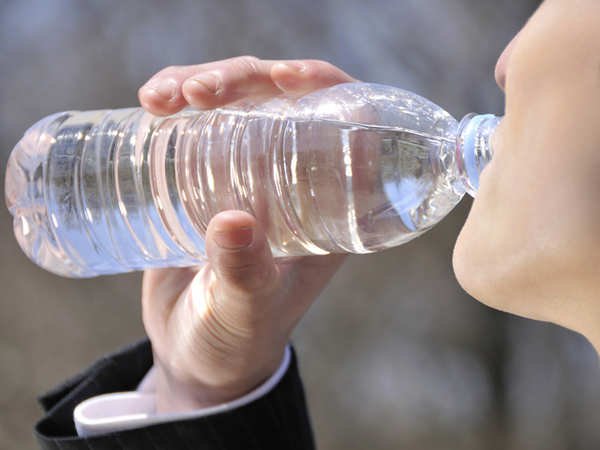
The more specialists discover about microplastics and their effects on human beings, the worse it appears to grow. Researchers at the Medical University of Vienna have released a new study that compiles all existing understanding regarding micro- and nanoplastic particles (MNPs) and how they get up in our gut.
If you drink from plastic bottles, you’ll be exposed to about 100,000 particles every year.
MNPs are little, yet not all of them are the same. Microplastics range in size from 0.001 to 5 millimetres and are often imperceptible to the human eye, whilst nanoplastics are less than 0.001 millimetres in size. Every year, persons who drink the recommended daily 50 ounces of water from plastic bottles consume about 90,000 plastic particles.

There are several negative consequences of swallowing microplastics, but the situation is exacerbated for persons who already suffer from chronic illness.
Addressing global plastic usage is vital, but it is difficult. Plastic is widely used in the health care business because it is safer and more sanitary in surgical and hospital settings. Plastic is used to make prostheses, examination gloves, sterile syringes, sticky bandage strips, blood bags and tubes, and heart valves.

The exact origins of the most common forms of microplastic, how much is excreted later by the body, how doctors can track them in bodies, and if there are natural systems that can breakdown plastic, among other things, are currently being researched.
Reference- Journal Exposure and Health, Medical University of Vienna, Forbes, Futurism






